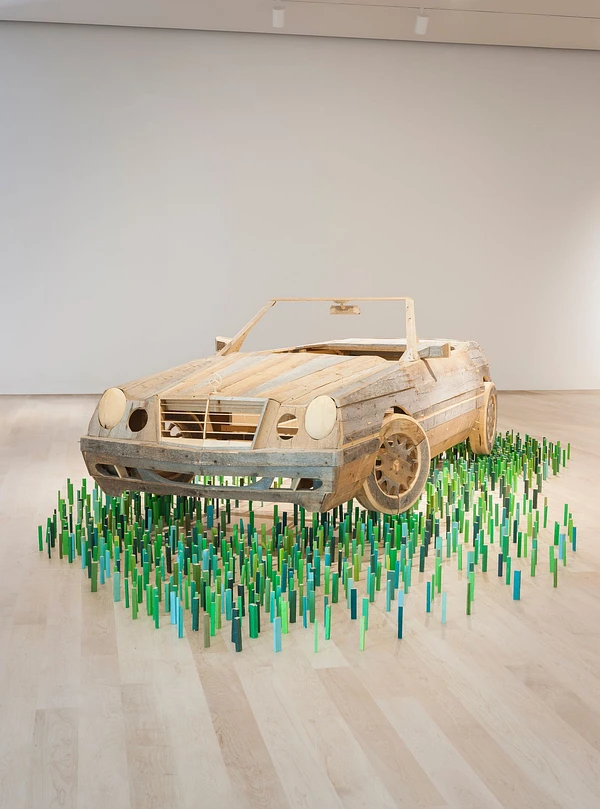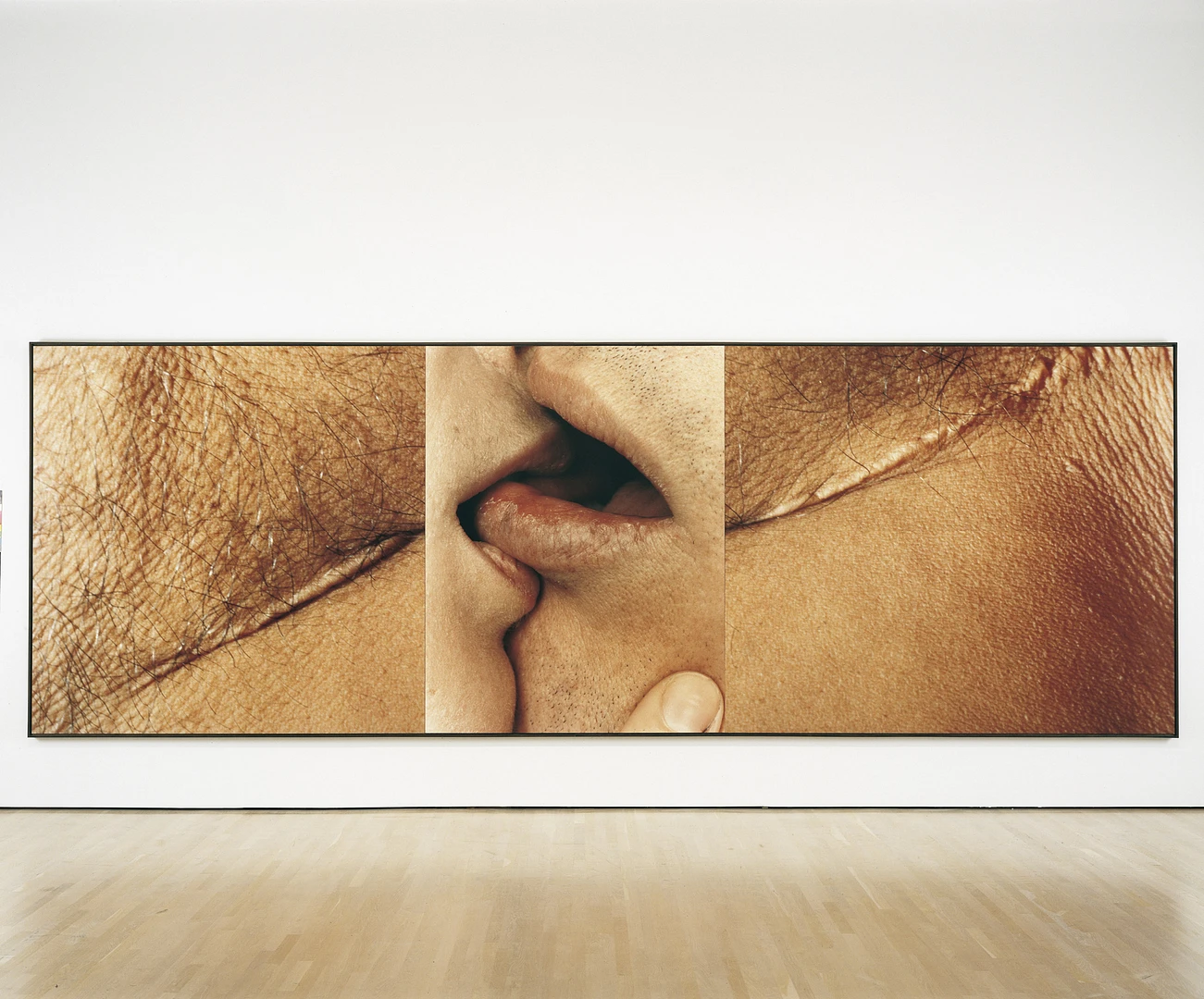
You must be logged in to add to favorites.
Login
Contemporary art is a constantly evolving category. It eludes all attempts at a set definition. It’s neither a school nor a consistent movement, but a dynamic that has been developing since the second half of the 20th century. It’s distinguished by its lack of boundaries: it can take many and varied forms, from painting to video, from performance to sculpture, from digital art to augmented reality. Its focus is no longer on the art itself, but rather on the thoughts it provokes, the questions it raises, and the effect it has on those who view it.
Contemporary art in Québec is also characterized by its infinite diversity and its ability to explore a multitude of themes. Our collection reflects many of the ongoing concerns of our time, like identity, gender, race, memory, ecology, and politics. Contemporary art turns art into a tool for exploration, where social, cultural, and environmental issues intersect and where each work invites open-ended consideration. The piece before you is no longer a static reality, but a space for conversation, interpretation, and questioning. Far from trying to impose a single meaning on their works, contemporary artists leave room for a multitude of readings so that each viewer can get something different out of the experience.
Contemporary artists like Massimo Guerrera and Edmund Alleyn don’t just want their works to be contemplated. Their aim is to provoke, shake things up, and subvert expectations. Contemporary art looks to challenge, to engage, to provoke a reaction. It’s no longer about simply looking at a work, but about engaging in a dialogue. Artists like Irene F. Whittome, with her La Salle de Classe installation, appeal to your subjectivity and have you play an active part in uncovering meaning. This interaction makes contemporary art a living, breathing experience that is constantly shifting.
Contemporary art doesn’t just reflect its time; in Québec in particular, it’s an agent in its own right. It captures the latest social tensions, political concerns, and cultural transformations, but rather than simply holding up a mirror, it serves as a tool for contemplation and transformation. Works become a way to question the challenges of the present, but they also make room for imagination, fantasy, and, sometimes, change. In other words, contemporary art doesn’t just reflect the world as it is, but also envisions what it could become.
Institutions like museums play a crucial role in this process. Our Musée is a place for conservation, yes, but it’s also a space for encounters and dialogue. Our contemporary art collection reflects this diversity and openness. It showcases a wide range of artistic practices, from the most classical to the most avant-garde.
You’ll find works by both established and emerging Québec artists who engage in social commentary to varying degrees, questioning major contemporary issues through their work.
Finally, our collection is a testament to the richness of Québec culture. It showcases artists from diverse backgrounds, including members of Québec’s Indigenous communities like Nadia Myre and Joseph Tisiga. Some of the works deal with reconciliation, multiple identities, and the challenges these communities face today. Other artists, such as Moridja Kitenge Banza, come from abroad, contributing to Québec’s diversity and openness as a home for artists from all over.
Bernard Lamarche is a Québec art historian recognized for his expertise in contemporary art. Since 2012, he has held the position of Curator of Contemporary Art at the Musée national des beaux-arts du Québec. In 2023, his responsibilities were expanded to include the period of contemporary art from 1960 to the present day. He holds a Master’s degree from the Université de Montréal, where he wrote his thesis on the work of Marcel Duchamp.
Before joining the MNBAQ, Bernard Lamarche served as Curator of Contemporary Art at the Musée régional de Rimouski from 2005 to 2012, and as an art critic and cultural journalist for the daily newspaper Le Devoir from 1996 to 2005.
Over the course of his career, he has also curated numerous exhibitions, including Les matins infidèles. L’art du protocole (2013) and the recent retrospective Evergon. Théâtres de l’intime. In addition, he has authored several exhibition catalogues and articles for specialized journals, contributing to the promotion and recognition of contemporary art in Québec.